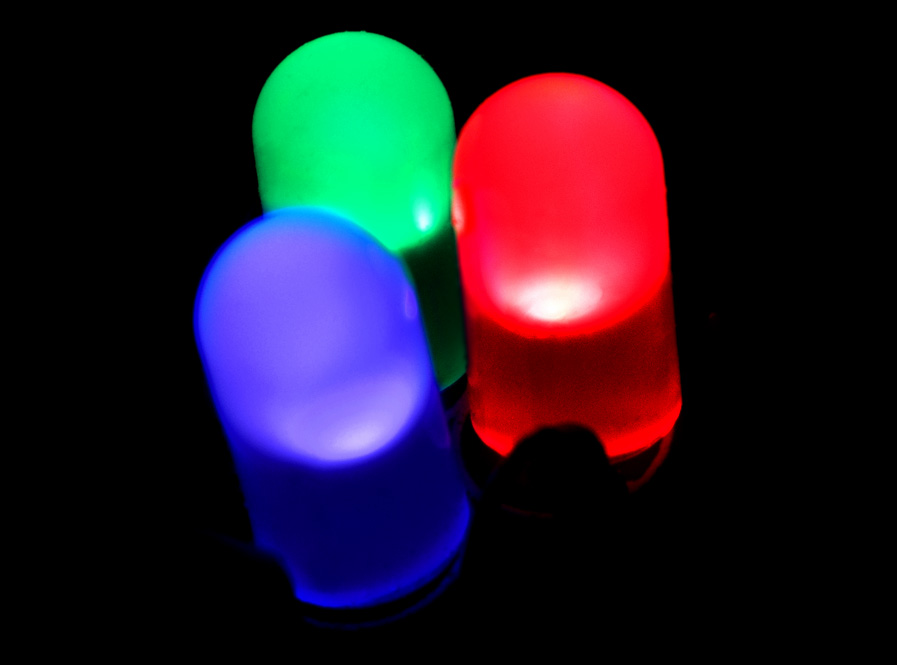LED or Light Emitting Diode lighting technology has gained much attention in the past years for its distinct advantages over traditional lighting systems. With growing concerns over global warming and sustainability measures, LED lights are proving to be a smart solution when it comes to illumination.
LED lights are being employed in many sectors ranging from private use to office lighting, street lighting, airport illumination as well as in other technologies such as television sets, smart phones and computers. Another huge potential for LED lighting technology is in greenhouse settings and urban agricultural practices.
A report in the Persian Forsat-e Emruz newspaper draws attention to investment opportunities in the LED lighting market, pointing out that growing demand and relatively low market penetration provide suitable investment opportunities in the production of LED lights.
Benefits
LED lights offer a lifetime of up to 50,000 hours of illumination and work efficiently by utilizing only a fraction of energy used by traditional incandescent bulbs. Also, LED lighting systems develop nearly 90% lesser heat as compared to incandescent bulbs. Thus, by extending time between replacement of lighting, consuming less power and generating less heat, LED lighting systems lower the overall cost of installation.
In addition, LED lights contain no toxic materials, produce little infrared light and close to no UV emissions. LED lights can switch off and on frequently without affecting the LED’s lifetime or light emission, unlike traditional lighting that may take several seconds to reach full brightness. LEDs also provide instant light and illumination when powered on, which provides great advantages for use in traffic and signal lights.
These factors, coupled with rising demand for cost effective lighting systems from buildings and communities are expected to drive demand for LED’s.
Growing Market
Global demand for LED has been growing steadily in recent years. A report by Market Watch predicts the global LED market to grow from $4.8 billion in 2012 to $42 billion by 2019, registering a compound annual growth rate of 45% over the period.
Market experts say compared to conventional incandescent, halogen, fluorescent, and high-intensity-discharge white-light sources, the rate of LED market penetration will increase steadily, rising to 36% of general illumination sales in 2020 and to 74% percent by 2030.
A number of LED manufacturing companies are currently active across the country. But domestic production is not sufficient to meet demand, leading to huge imports from countries such as China and Turkey.
Last year, Iran Energy Efficiency Organization reported the launch of a LED light manufacturing plant in Nahavand County of Hamadan Province, funded by Canadian investors. According to the report, the first phase is to be constructed over 100 hectares with an investment of 400 billion rial ($12 million).
Iran Energy Efficiency Organization was established in 1996 by the Ministry of Energy and assigned with tasks related to improving energy efficiency by conducting research and spreading awareness among people and industries. The organization provides counseling and technical support to individuals willing to invest in establishment of LED light manufacturing units.


